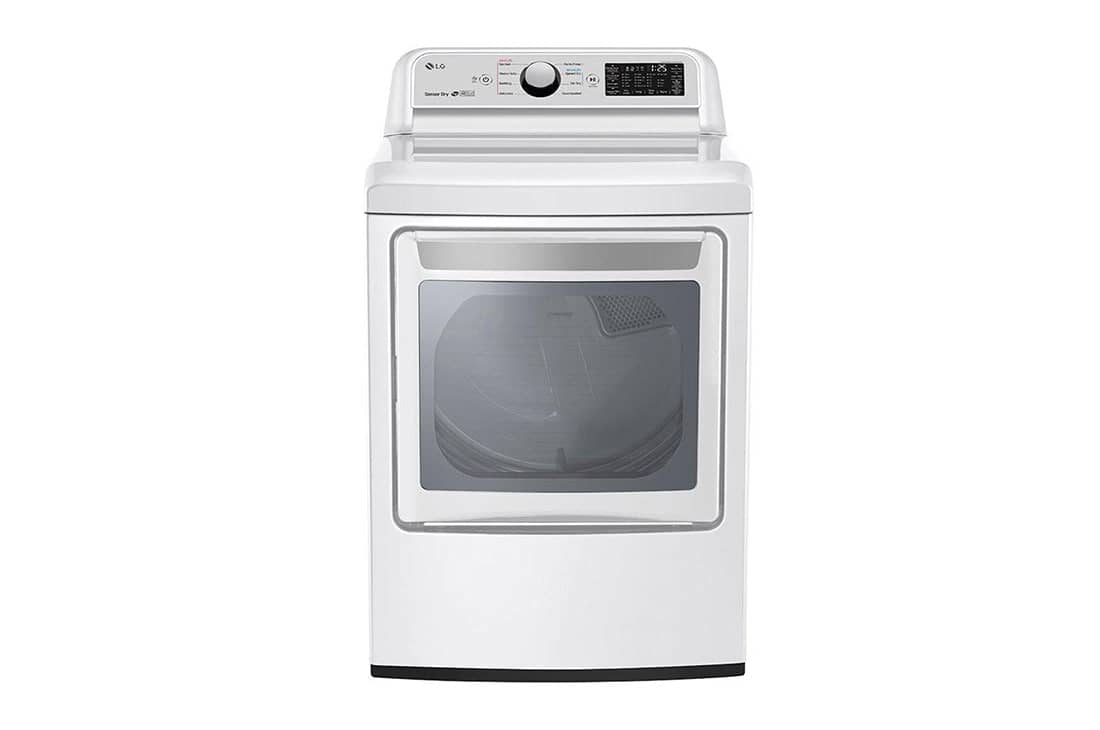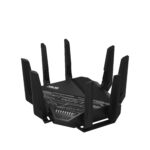A dryer that suddenly stops working can be a major inconvenience. Fortunately, many common dryer problems can be easily diagnosed and even fixed with some basic troubleshooting. Before calling a repair technician, consider performing a few simple checks: make sure the dryer is properly plugged in, check the circuit breaker, and clean the lint filter and vent.
This article provides a quick troubleshooting guide to help you identify and potentially resolve common dryer issues, including problems with heating, tumbling, and unusual noises. It also explains when it’s best to call a professional and offers tips for preventing future dryer problems through regular maintenance.
Dryer Troubleshooting: A Quick Guide
Is It Really Broken? Simple Checks First
Before you assume your dryer is completely broken, do a few quick checks. These simple steps can often solve the problem without needing repairs.
- Check the power: Make sure the dryer is plugged in. Check the circuit breaker or fuse box. A tripped breaker or blown fuse is a common cause.
- Check the lint filter: A clogged lint filter restricts airflow. This can make the dryer stop heating or working efficiently. Clean it before each load.
- Check the vent: The vent hose that leads outside can also get clogged. Disconnect it and check for lint buildup. A blocked vent is a fire hazard.
Dryer Not Heating
If your dryer is running but not heating, the problem is likely with the heating element, gas supply (for gas dryers), or thermal fuse.
- Electric dryers: The heating element is a coil that heats the air. If it’s broken, it needs replacement. A multimeter can test it.
- Gas dryers: Check the gas supply. Make sure the gas valve is open. The igniter could also be faulty. This part lights the gas.
- Thermal fuse: This safety device shuts off the dryer if it overheats. If it’s blown, it needs replacement.
Dryer Not Tumbling
If the dryer is not turning, the issue could be with the belt, motor, or drum rollers.
- Drive belt: This belt goes around the drum and motor. If it’s broken or worn, the drum won’t turn.
- Motor: The motor turns the drum. If it’s faulty, the dryer won’t work.
- Drum rollers: These support the drum. If they’re worn, the drum may have trouble turning. They can also make noise.
Dryer Runs But Doesn’t Dry Clothes
If the dryer runs but clothes are still wet, the problem might be with airflow, venting, or the heating element.
- Airflow and venting: Make sure the lint filter and vent are clean. Restricted airflow reduces drying efficiency.
- Heating element (electric dryers): Even if the element is working a little, it may not be working enough. Test it with a multimeter.
- Gas supply (gas dryers): Check the gas supply and igniter.
Dryer Making Noise
Strange noises from your dryer can point to a few different problems.
- Squeaking: Often caused by a worn belt or drum rollers.
- Thumping: Could be a worn belt, a damaged drum, or something caught in the drum.
- Grinding: May indicate a problem with the motor or drum rollers.
When to Call a Professional
If you’ve checked the basics and your dryer is still not working, it’s time to call a professional appliance repair technician. Working with gas or electrical components can be dangerous if you don’t have the right training. A professional can diagnose the problem quickly and fix it safely.
Safety First
Always unplug the dryer before doing any repairs. If you’re working with gas, turn off the gas supply. If you’re not comfortable doing any of these checks or repairs, call a professional.
Preventing Dryer Problems
Regular maintenance can prevent many dryer problems. Clean the lint filter after every load. Check the vent at least once a year. This simple maintenance will keep your dryer running well and prevent fire hazards. It will also save energy and money. It is also a good idea to inspect the dryer vent hose to ensure it is not damaged or kinked. Metal venting is preferred over plastic venting due to fire safety concerns.
5 Common Causes for Dryer Malfunctions
1. Power Supply Issues
Electric dryers need a steady power supply to function. Check these points:
- Plug securely in outlet
- No visible damage to outlet
- Circuit breaker not tripped
- No burn marks on outlet
A lack of power often causes dryers to stop suddenly.
2. Gas Flow Problems
For gas dryers, proper gas flow is crucial. Check these aspects:
- Gas valve open
- Secure gas line connection
- Proper gas pressure
Without adequate gas, the dryer won’t heat up or may stop working entirely.
3. Defective Heating Component
If the dryer runs but clothes stay damp, the heating element might be faulty. Look for:
- Broken heating coil
- Loose wiring connections
- Blown fuse linked to heating element
A broken heating element prevents the dryer from warming up.
4. Faulty Door Mechanism
Dryers have a safety feature tied to the door. If it malfunctions:
- Dryer won’t start
- Cycle stops unexpectedly
Test the door switch. If it’s broken, the dryer won’t operate even when the door is closed.
5. Overheated Safety Device
The thermal fuse protects against overheating. When it blows:
- Dryer won’t start
- No heat produced
This safety device needs replacement once it trips. It won’t reset on its own.
Regular dryer maintenance helps prevent these issues. Clean lint filters and vents often. Check for unusual noises or smells. Address problems quickly to avoid costly repairs or replacements.
How to Fix a Non-Working Clothes Dryer
Step 1: Examine the Electrical Connection
First, check if the dryer is properly plugged in. Inspect the outlet for any visible damage. Use a multimeter to test the voltage. The readings should be 120 volts for two combinations and 240 volts for one. If the readings are off, consider replacing the outlet.
If the outlet is fine, inspect the power cord. Look for signs of wear or damage. Replace the cord if necessary:
- Unscrew the back panel
- Disconnect the old cord
- Install the new cord
- Reattach the back panel
Always turn off power at the fuse box before working on electrical components. Use rubber gloves and proper tools for safety.
Step 2: Verify Gas Supply
For gas dryers, ensure there’s an adequate gas supply. If the home lacks gas, contact the local utility company. If gas is available but not reaching the dryer:
- Check if the gas valve is open
- Inspect the gas line for kinks or damage
- Consider calling a professional to examine the gas piping
Step 3: Assess the Heating Element
A faulty heating element can cause the dryer to run without producing heat. To test it:
- Unscrew the back panel
- Locate the heating element
- Use a multimeter to check for continuity
- If the reading is infinite, replace the heating element
Step 4: Inspect the Door Switch
The door switch prevents the dryer from operating when open. To check it:
- Locate the switch near the door frame
- Examine the wire connecting it to the control board
- Use a multimeter to test for continuity
- Replace the switch if it fails the continuity test
Step 5: Evaluate the Thermal Fuse
The thermal fuse is a safety device that prevents overheating. To test it:
- Access the fuse through the back panel
- Disconnect the fuse
- Use a multimeter to check for continuity
- Replace the fuse if it shows an infinite reading
Important: Regular maintenance can prevent many dryer issues. Clean the lint filter after each use and check for clogged dryer vents annually. This helps maintain efficiency and reduces fire risks.
If these steps don’t resolve the issue, consider calling a professional repair service. They can diagnose and fix more complex problems, ensuring your dryer operates safely and efficiently.







